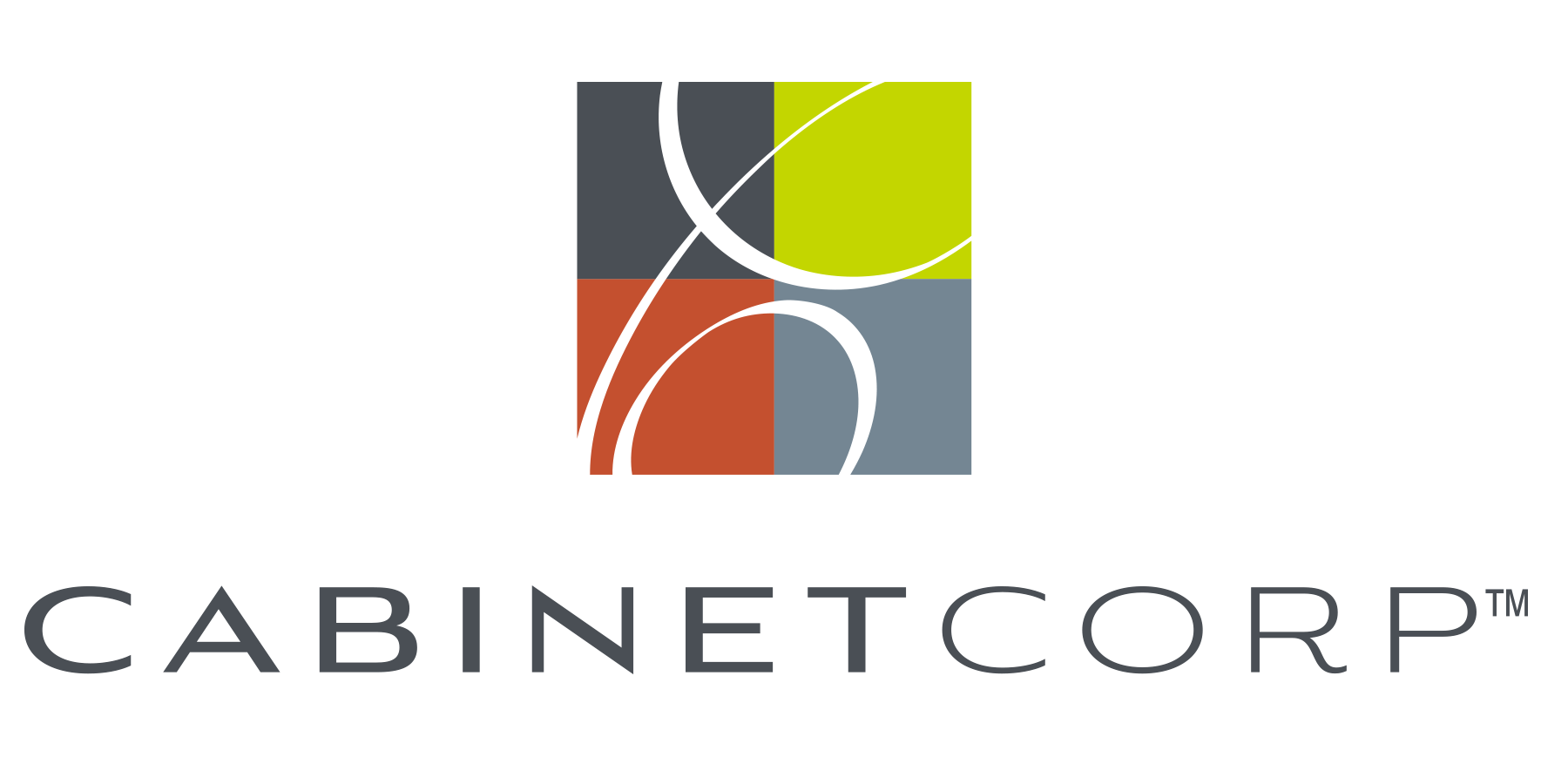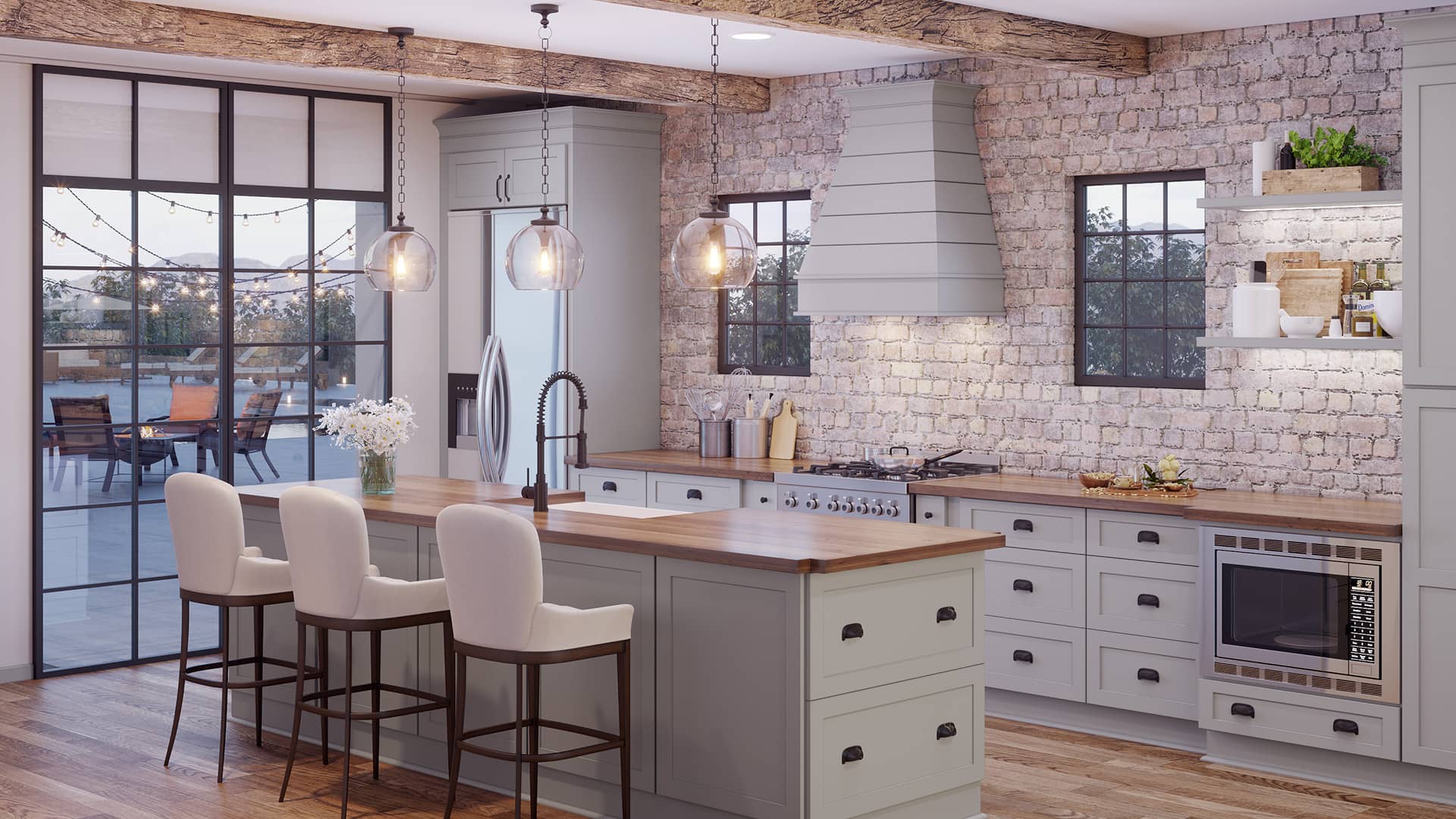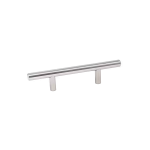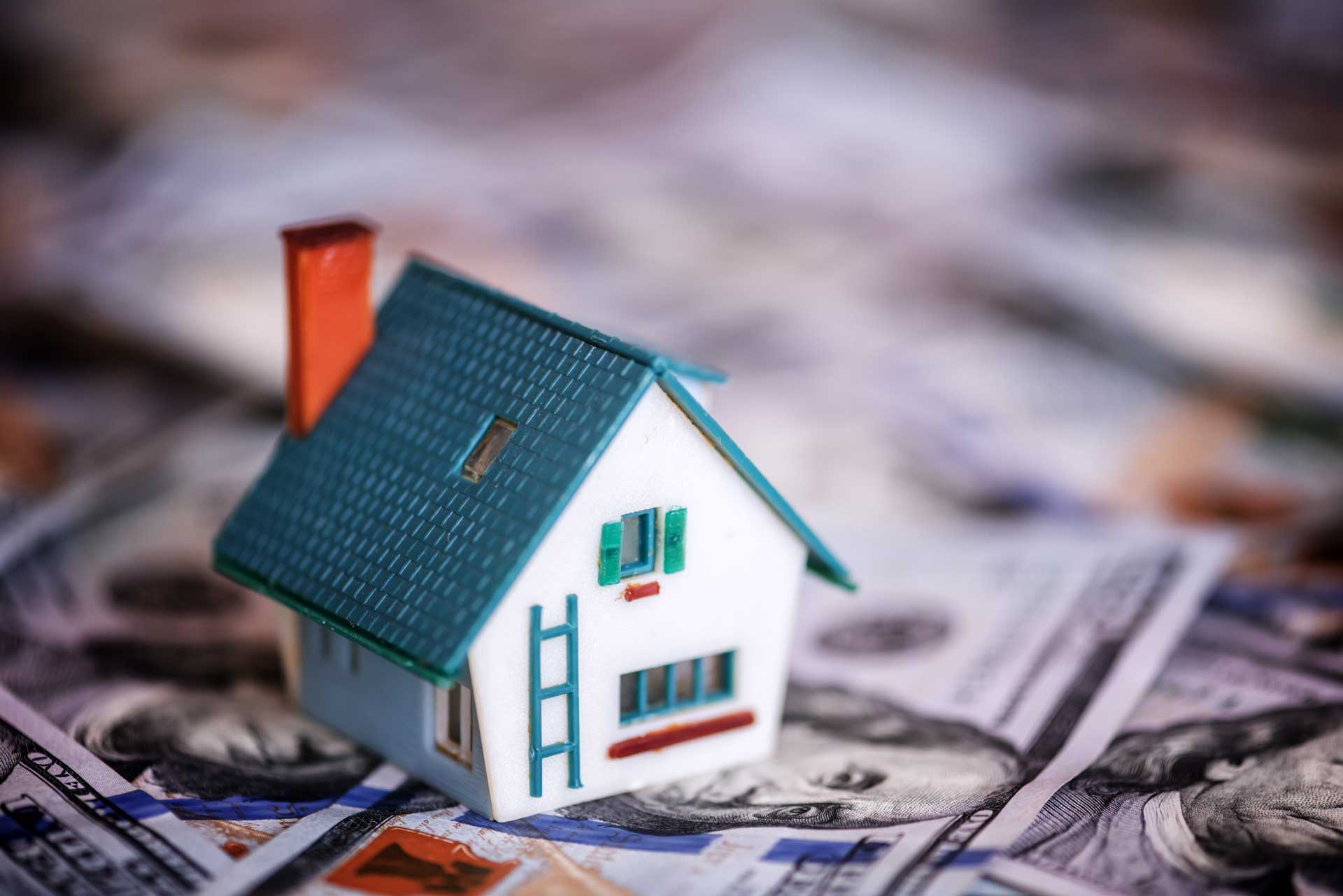
1. Numbers Are Important
This is a mantra that you must keep repeating if you are on the verge of choosing a house to flip. Take a good look at the neighborhood and the realty rates of the houses there. Next, understand what ARV means. The After Repair Value of the house is what it’s worth after you’re done tinkering with it and giving it a makeover. This is the actual value that you will probably sell the property at.

2. Closing The Deal
Everyone wants the perfect deal. But, in order to get there, you’ll have to do the numbers in your head long before you strike a deal. Think about how much you will be investing in every part of the house and how much the ARV will be afterwards. Let’s look at this with an example.
If you think your property’s ARV is $240,000 and you had purchased it for $120,00 or less, and the refurbishing took about $40,000, that would make a great deal. In the $80,000 that is left, some part of it would go towards other expenses in the business but the rest, about $30-40k is all yours. And, if you could achieve at least four or five houses a year, that’s a great amount of money.
3. The Local Market

What kind of people live in this area and what demographic will you be targeting when you plan on selling the house? How quickly will the house sell when it’s on the market? Asking these questions, before you invest in a house, will help you decide the price at which to buy and sell and the amount of profit you will eventually make.
4. Target Audience
The moment you choose the house, study the neighbourhood and are convinced about flipping it, think about who you are going to sell this to. The price doesn’t matter but the investment on the flipping will depend on what kind of people will end up in the house. If your property is rural, the person likely to buy it is a ranch hand or a farm owner. So, design the house rustically, making sure there’s lots of open space at the back.
If you are in a residential neighbourhood near a school, then people with children are going to want the home. Design enough bedrooms and bathrooms to accommodate small or big families, depending on the size of the house. An extra bedroom in the attic or an open kitchen with a family lounge are things that could be great selling points for the property. If it’s something that is for elderly couples, make sure the house is elder-proof, and add some extra care, like handles and skid-free flooring in the bathrooms.

5. Show it off
Well, you’ve worked hard on the property and now that it’s on the market, it’s time to show it off. Make a video tour of it, highlight before and after pictures, and put it up on social media, where your target audience is bound to notice it. If you’ve done any work on the roof, the windows, remodelled the kitchen or created an extra bedroom, let people know. And when you create a file for your clients, make sure it’s packed with details.
Sometimes, with so much done, it’s tempting to price the property a notch higher than the comps in the neighborhood. Like, if the house was in shambles and you really had to go through a lot to fix it.
Clients Won’t See it Like You
But, understand that overpricing the property because you put in a lot of effort isn’t going to fly with most homebuyers. The client simply isn’t going to see your point. What they will do is look at other houses in the same area that are going for a lesser price and forget all about you. So go back, once more, to the market formula, review it in your mind and go ahead and get flipping!



























































